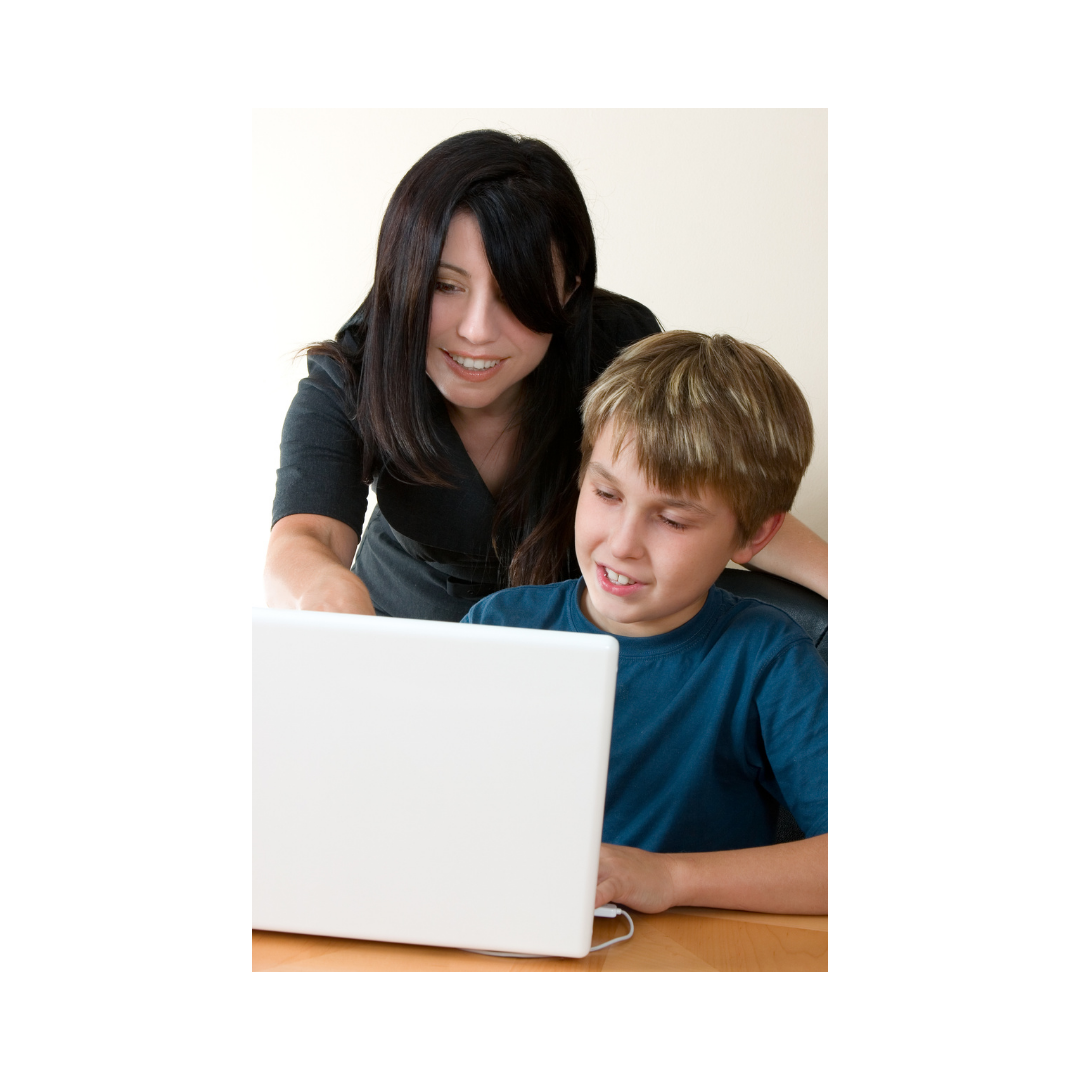A Philadelphia study suggested that at age four, half of children had their own TV and three-quarters had their own mobile devices. (3) The data usage study suggested that teenagers dedicate double the time to smartphone use than they do to all other near work, and each younger age group spends more time in bed on the devices than the one before them. (2) I can confirm this one from personal observation in my own home! A 2011 study suggested 47% of children were spending more than two hours a day on screen time for entertainment, (4) and by 2019 that number had skyrocketed to 98% in the US! (5)
What advice should we be giving you?
When families pay attention to their media consumption and parents monitor their children’s digital access, the amount of screen time reduces along with positive improvements in sleep and school performance.(6) We know there is a protective effect of outdoor time on the onset of myopia, so it is sensible to recommend outdoor time away from any near activities.
The World Health Organization recommends at least 60 minutes of moderate to vigorous physical activity for school aged children per day, yet a UK survey found that three-quarters of UK children aged 5-12 years spend less time than this outside - which is less time spent outside than prison inmates! Shockingly, 20% of the children surveyed never play outside regularly. When it comes to myopia prevention, though, it’s not the physical activity that is the crucial element, it is likely the light exposure (7) - so to combine both benefits, this physical activity time can be undertaken outdoors.
Our advice:
Need more ideas and help? Check out these brilliant resources.
Close Work and Screen Time for Kids
How Much Time Should My Child Spend Outdoors
References.
1 Lanca, C. & Saw, S. M. The association between digital screen time and myopia: A systematic review. Ophthalmic & physiological optics : the journal of the British College of Ophthalmic Opticians 40, 216-229, doi:10.1111/opo.12657 (2020)
2 McCrann, S., Loughman, J., Butler, J. S., Paudel, N. & Flitcroft, D. I. Smartphone use as a possible risk factor for myopia. Clinical and Experimental Optometry n/a, doi:10.1111/cxo.13092
3 Kabali, H. K. et al. Exposure and Use of Mobile Media Devices by Young Children. Pediatrics 136, 1044-1050, doi:10.1542/peds.2015-2151 (2015)
4 Maniccia, D. M., Davison, K. K., Marshall, S. J., Manganello, J. A. & Dennison, B. A. A Meta-analysis of Interventions That Target Children's Screen Time for Reduction. Pediatrics 128, e193-e210, doi:10.1542/peds.2010-2353 (2011)
5 Madigan, S., Browne, D., Racine, N., Mori, C. & Tough, S. Association Between Screen Time and Children’s Performance on a Developmental Screening Test. JAMA Pediatrics 173, 244-250, doi:10.1001/jamapediatrics.2018.5056 (2019)
6 Gentile, D. A., Reimer, R. A., Nathanson, A. I., Walsh, D. A. & Eisenmann, J. C. Protective effects of parental monitoring of children's media use: a prospective study. JAMA Pediatr 168, 479-484, doi:10.1001/jamapediatrics.2014.146 (2014)
7 Read, S. A., Collins, M. J. & Vincent, S. J. Light Exposure and Eye Growth in Childhood. Investigative ophthalmology & visual science 56, 6779-6787, doi:10.1167/iovs.14-15978 (2015)








